Mi Fu [fú] (1051-1107), signed his own name Mi or Qian, Fu or Fu [fú]. Calligrapher, painter, and theorist of calligraphy and painting in the Northern Song Dynasty. Han nationality, originally from Taiyuan, Shanxi, moved to Xiangyang, Hubei, and later settled in Runzhou (now Zhenjiang, Jiangsu). He has great talent, poor character, and is obsessed with cleanliness. It was imitated by people from the Tang Dynasty and stored more rare stones. Calligraphy and painting are in a class of their own. He can paint dead wood, bamboo and rocks, always coming up with new ideas, and he can also paint landscapes, creating an ink play of clouds and mountains, hidden by smoke and clouds, which is plain and innocent. Good at poetry, good at calligraphy, and good at identification. He is good at calligraphy styles such as seal script, official script, regular script, running script, and cursive script. He is good at copying ancient calligraphy to the point of imitating the real calligraphy. One of the four families of Song Dynasty. He once served as school secretary, doctor of calligraphy and painting, and wailang of the Ministry of Etiquette.
Because of his weird personality and crazy behavior, he called him "brother" when he met a stone and worshiped him endlessly, so he was called "Mi Dian". Emperor Huizong awarded him a doctorate in calligraphy and painting. Also known as "Mi Xiangyang" and "Minangong".
Mi Fu has his unique understanding of the distribution, structure and use of calligraphy. It is required to be "stable but not vulgar, dangerous but not strange, old but not dry, moist but not fat", which is probably what Jiang Kui wrote about "nothing droops, no shrinking, no direction, no gain". That is to say, it is required to achieve unity in the change, to integrate the opposite factors such as wrapping and hiding, fatness and thinness, sparseness and density, simplicity and complexity, that is, "the bones, muscles, skin and flesh, fat, luster, wind and spirit are all complete, just like a good scholar." . In terms of composition, we pay attention to the overall charm, take into account the perfection of details, and have a well-thought-out approach. During the writing process, we change according to the situation and show unique ingenuity.
The characteristics of Mi Fu's brushwork are mainly that he is good at forming an elegant and super-stepping momentum and a calm and happy style from the front, side, back, turning, and frustration. The strokes of the characters are often quite heavy at the beginning and slightly lighter in the middle. When encountering a turning point, the strokes of the strokes will turn straight down. There are also many changes in the strokes. Sometimes the focus of the stroke is on the starting point, sometimes on the finishing point, and sometimes it is in the middle of the stroke. For longer horizontal strokes, there are twists and turns. The hook is also distinctive.
Mi Fu's calligraphy often includes sideways postures. He wants to go left before right, and when he wants to raise, he suppresses it. All of these are to increase the grace of jumping and flying, and based on decades of solid foundation of ancient calligraphy. Therefore, it is out of innocence and naturalness, without any pretense. Those who learn Mifu, even if they are close to water and towers, will still be "hard and crazy". Since the Song and Yuan Dynasties, the discussion of Mi Fu's calligraphy can be roughly divided into two attitudes: one is praising but not disparaging, and highly praised; the other is both praising and disparaging, with mostly praise elements. Those who hold the first attitude can be represented by Su Shi.
The rubbings of Mi Fu's running script "Xiao Xing Ba Gorge" are enlarged in high definition!
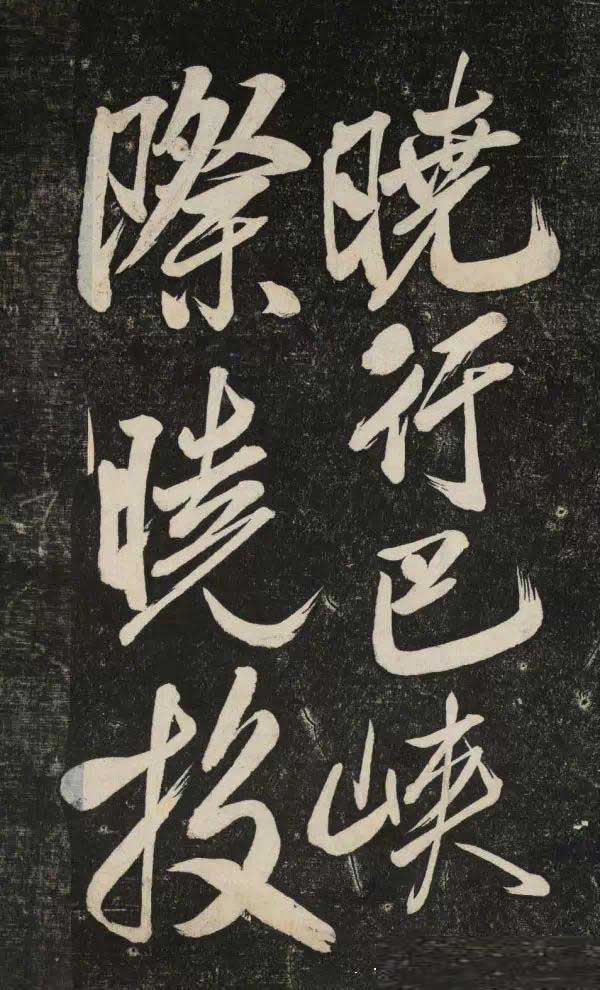
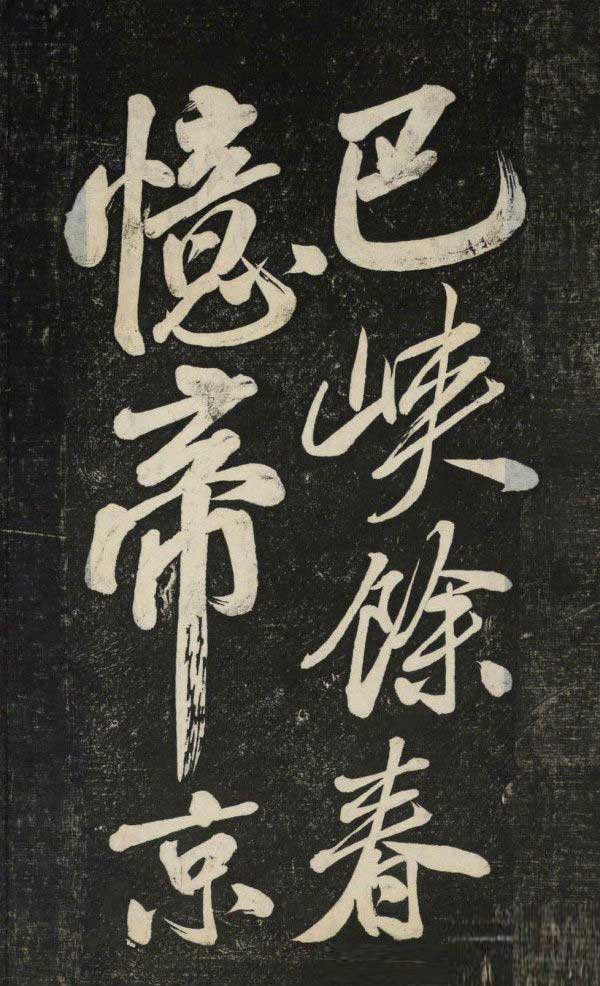
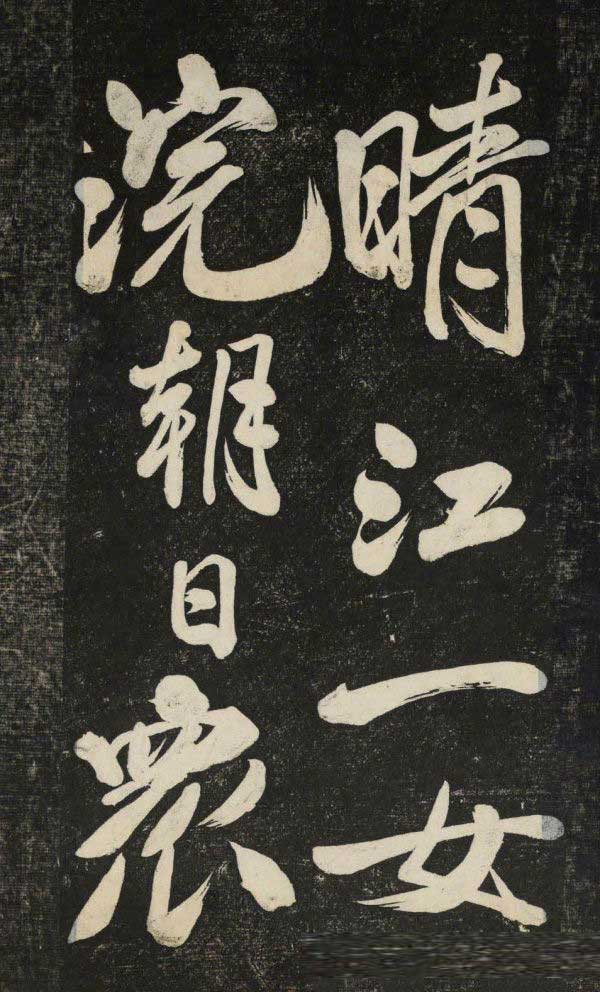
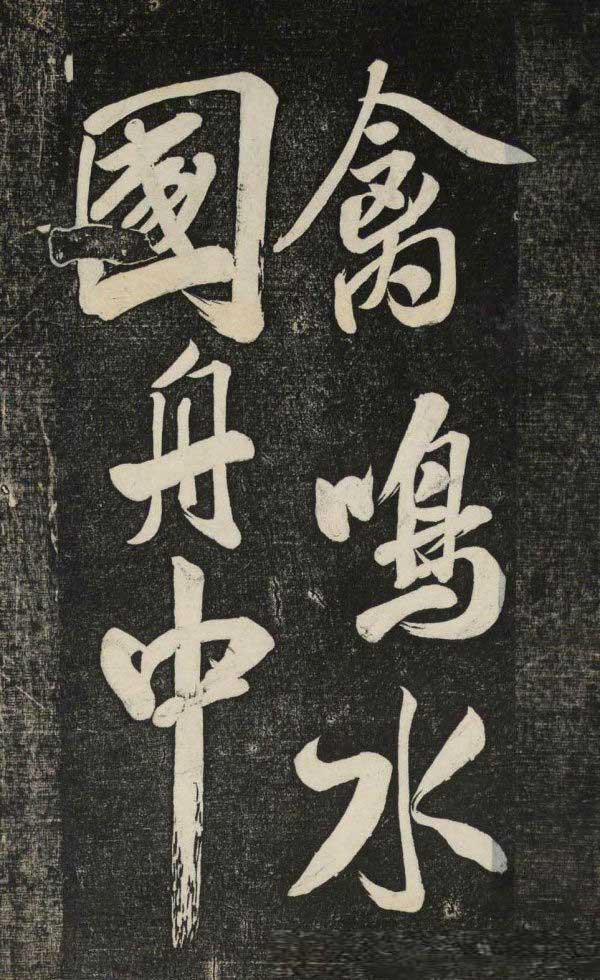
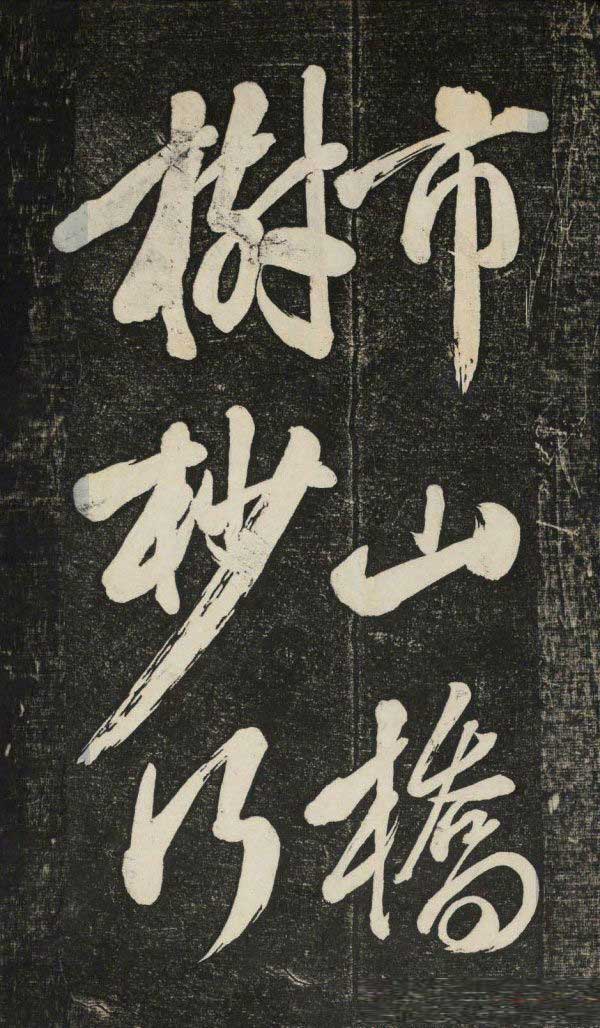
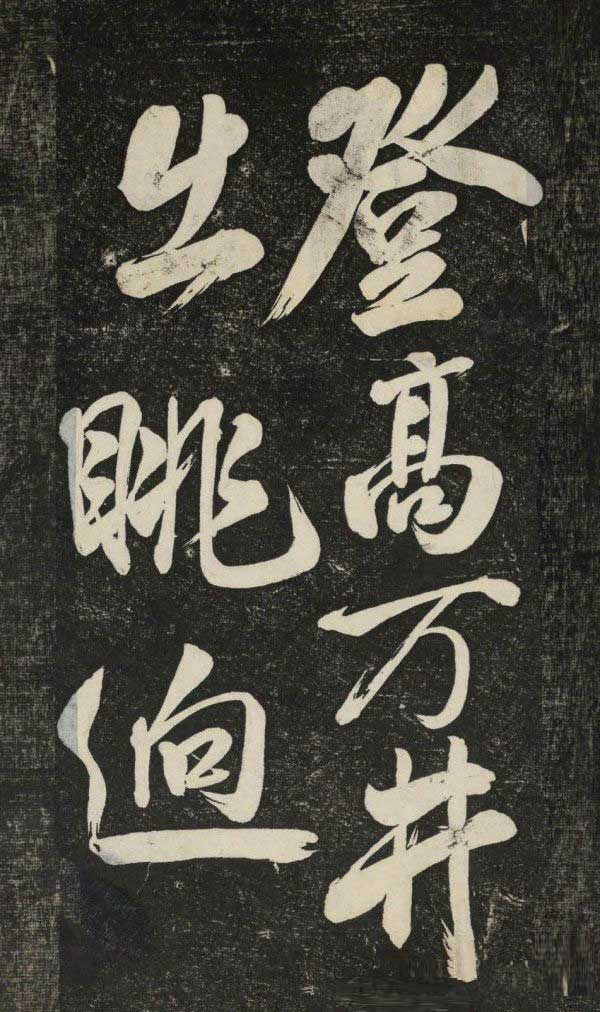
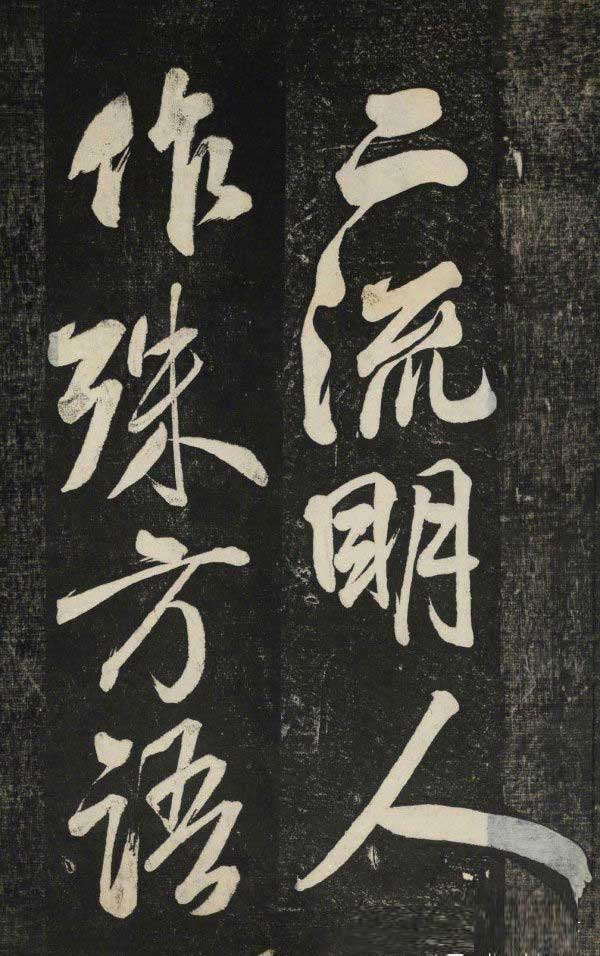
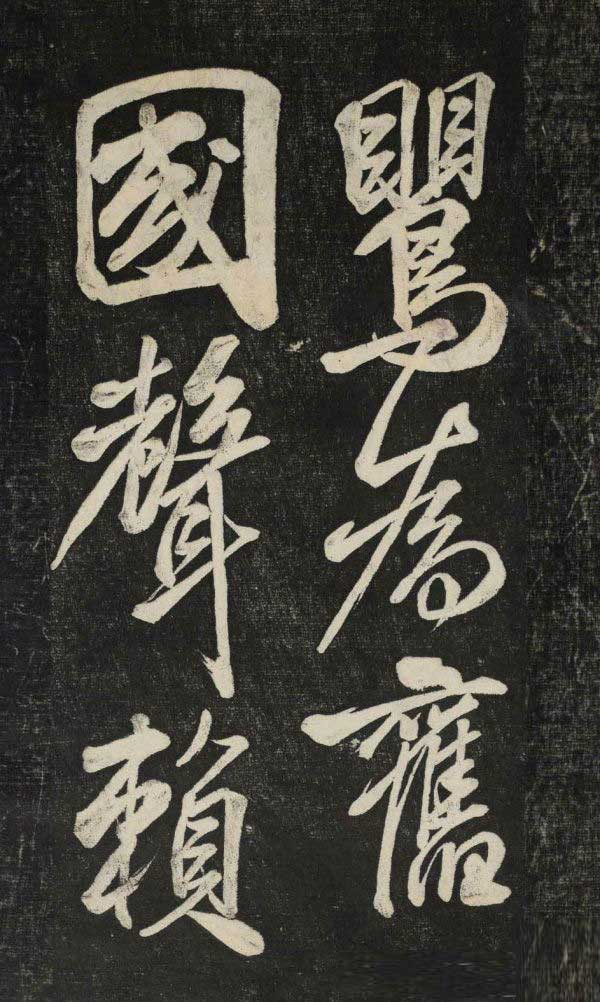
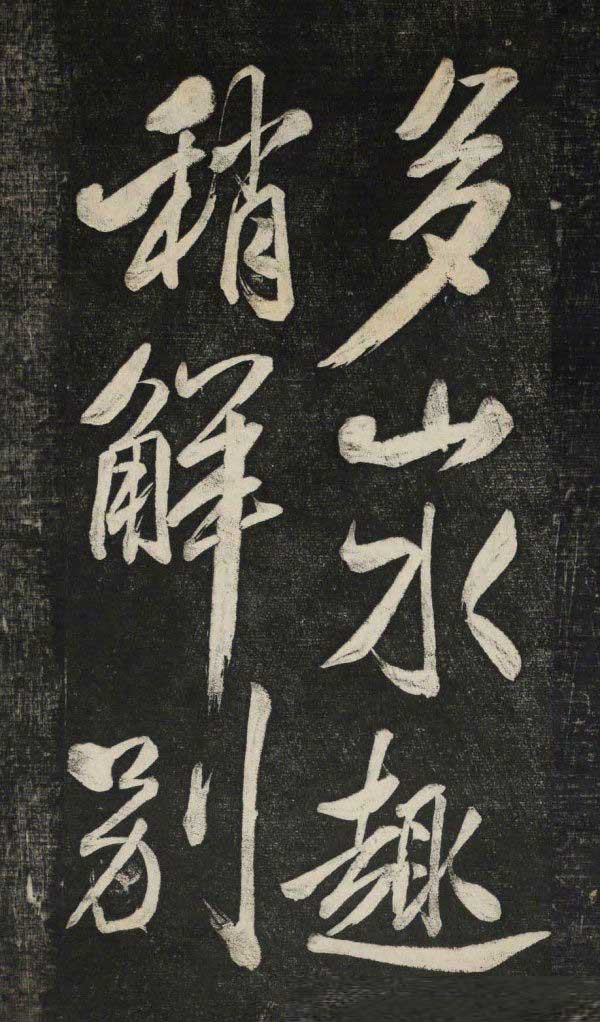
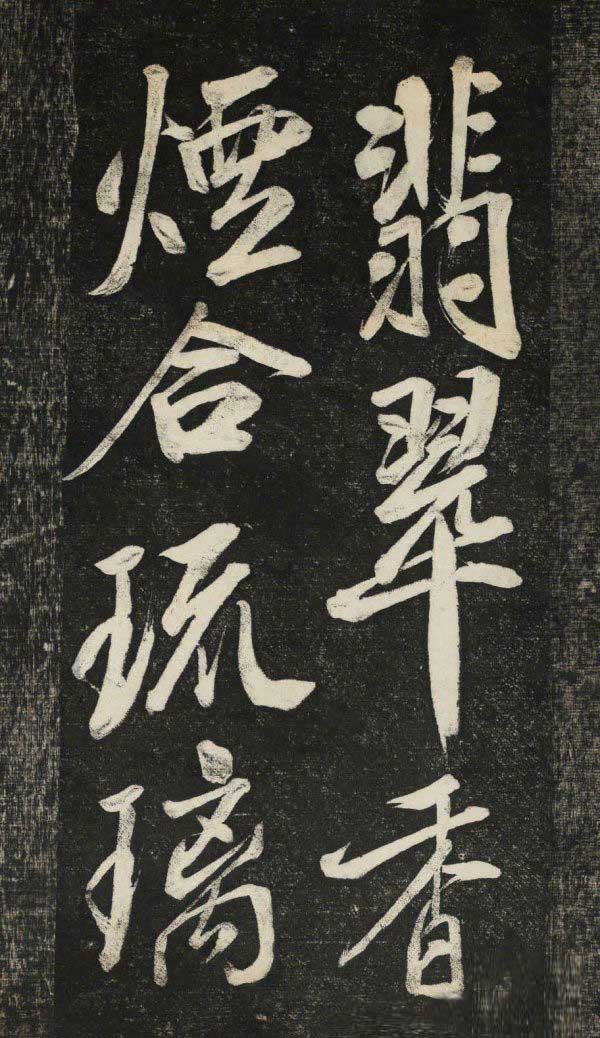
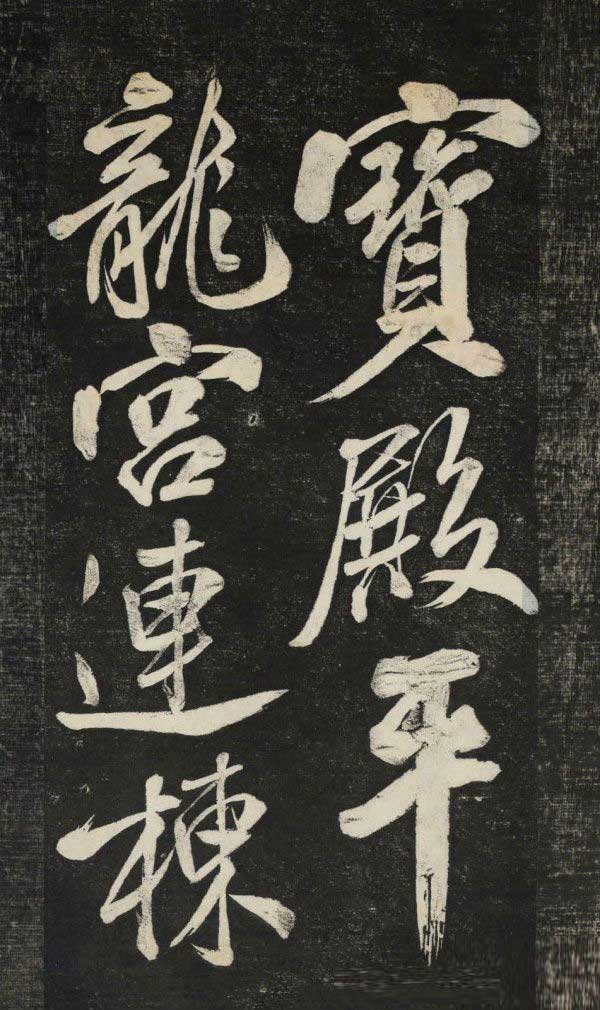
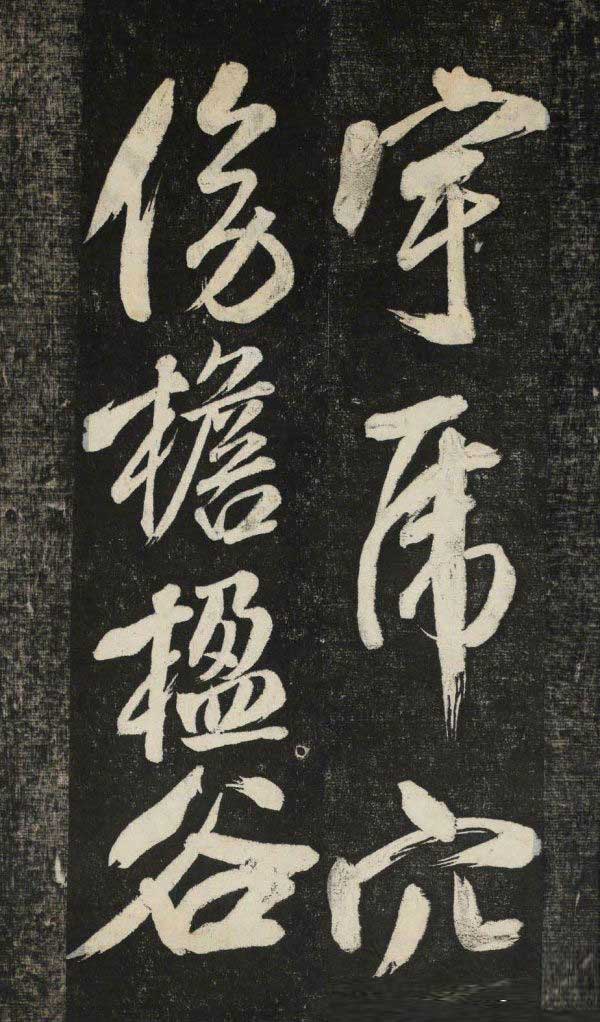
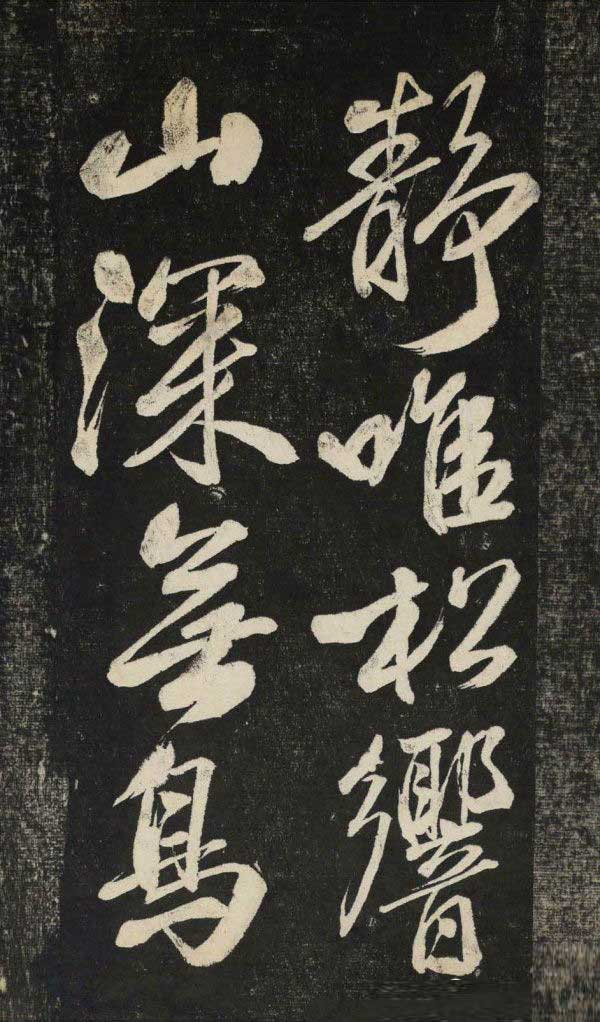
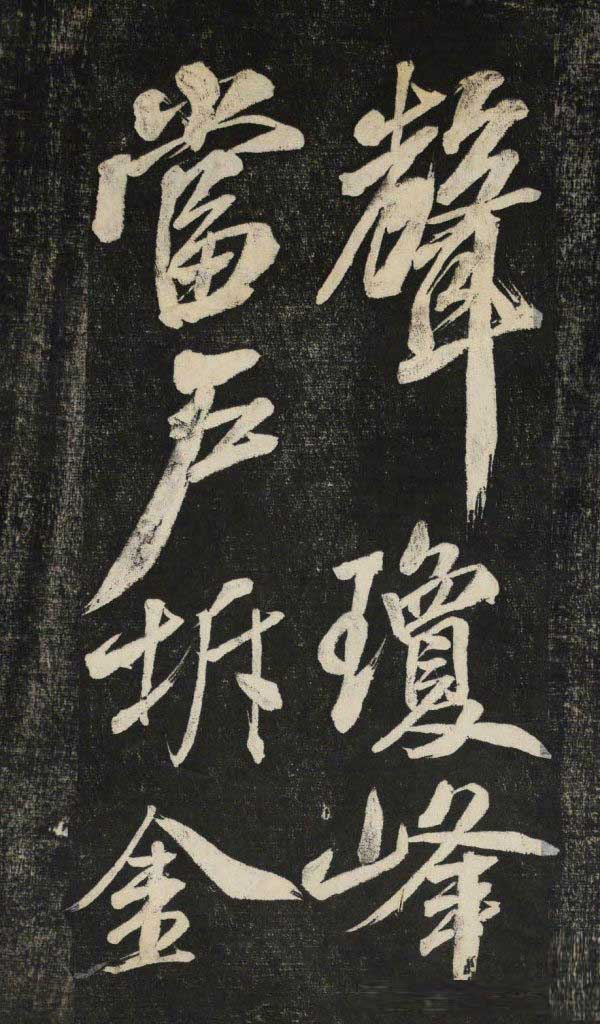
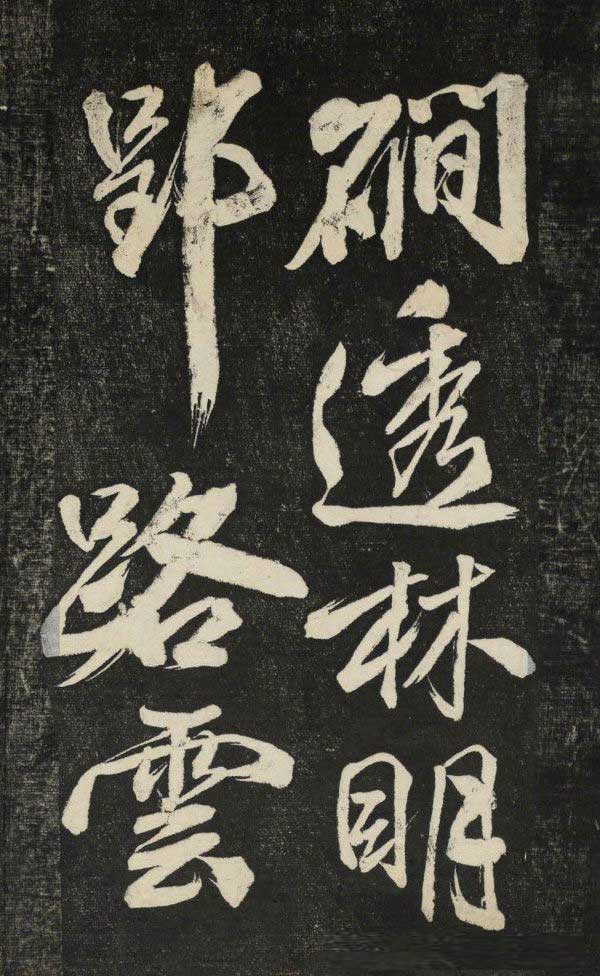
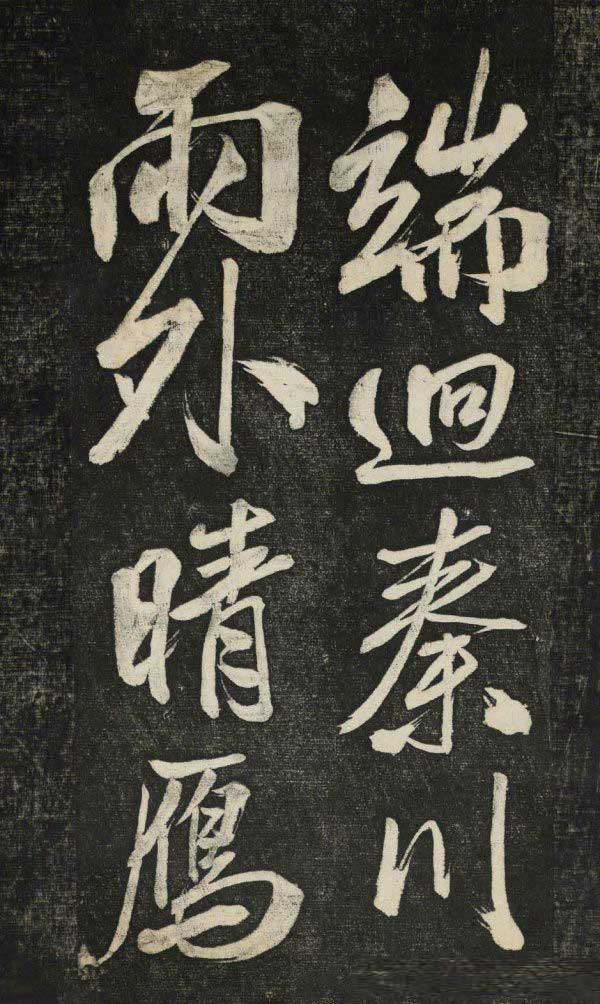
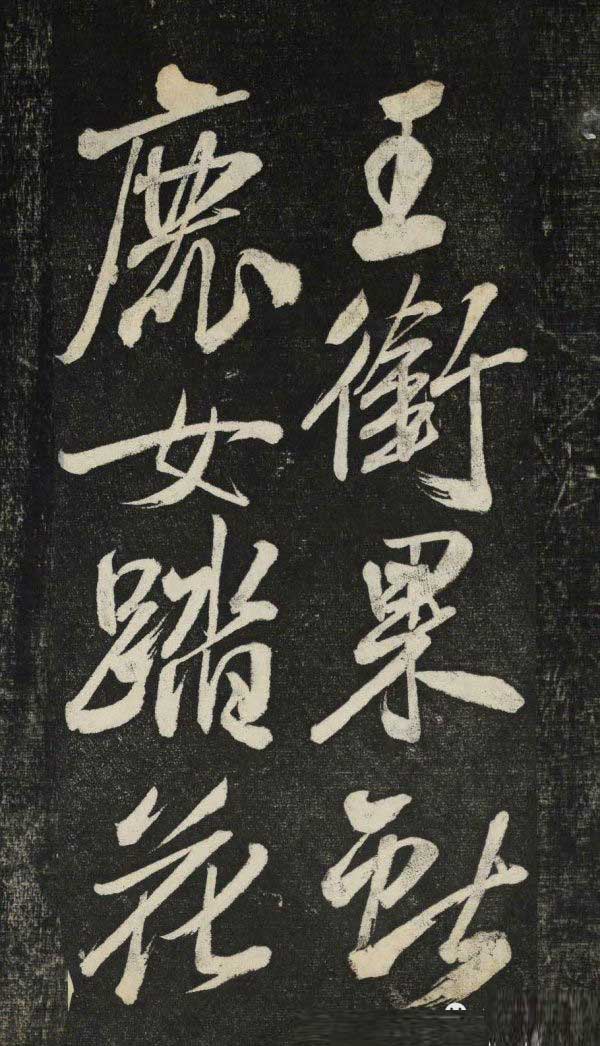
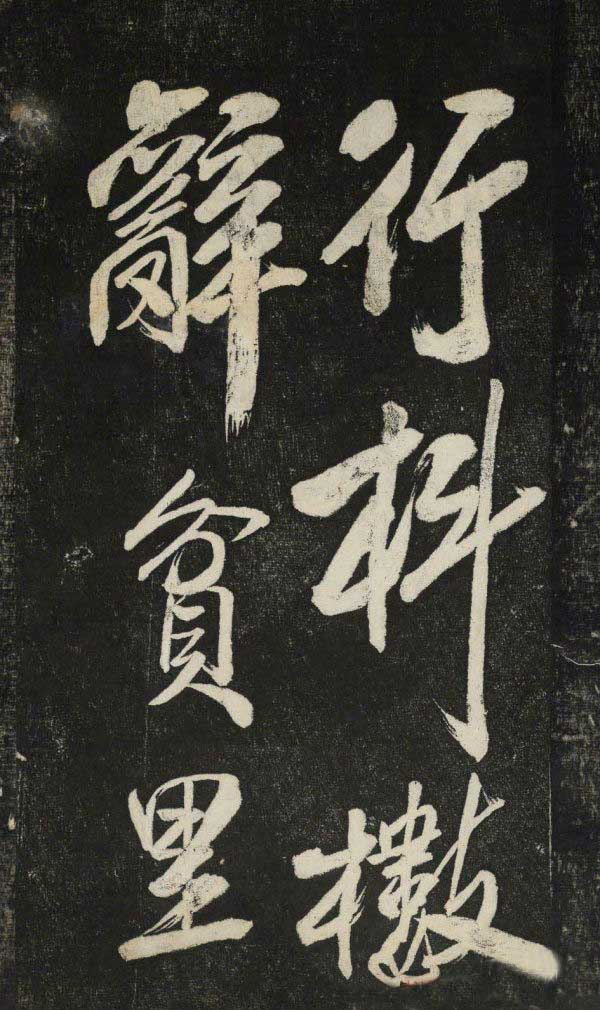
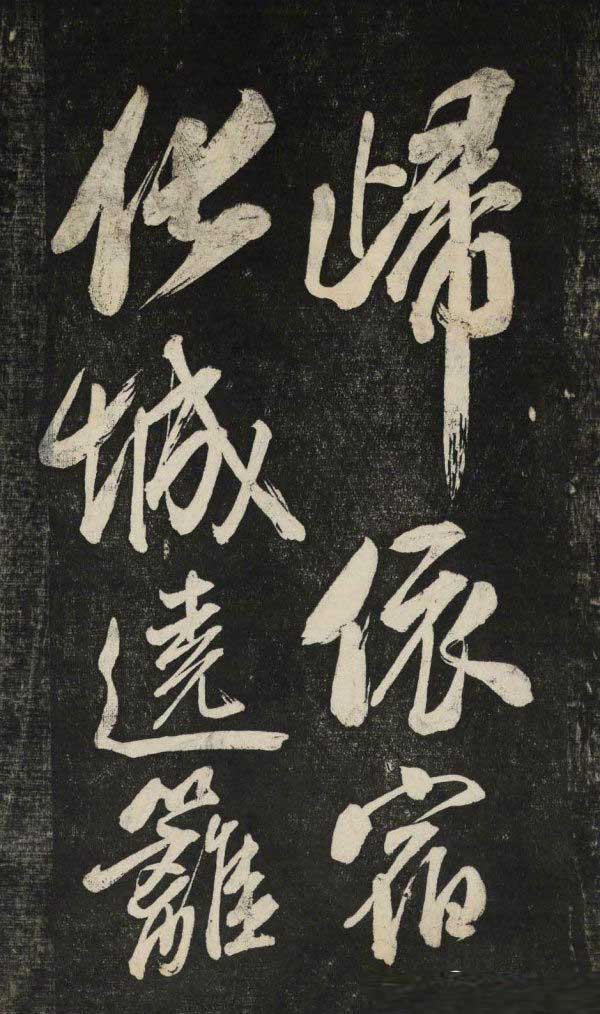
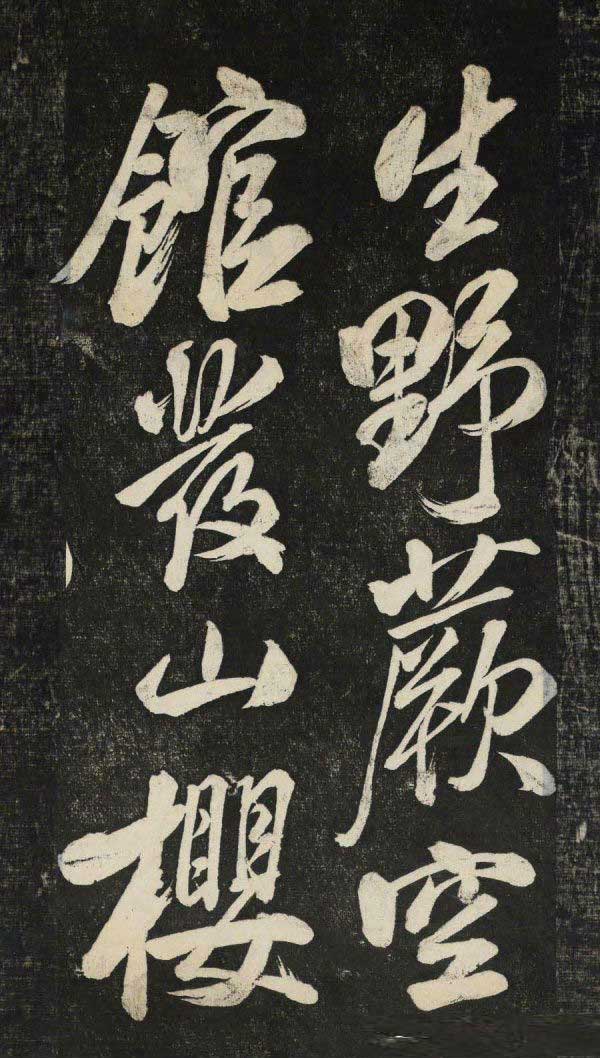
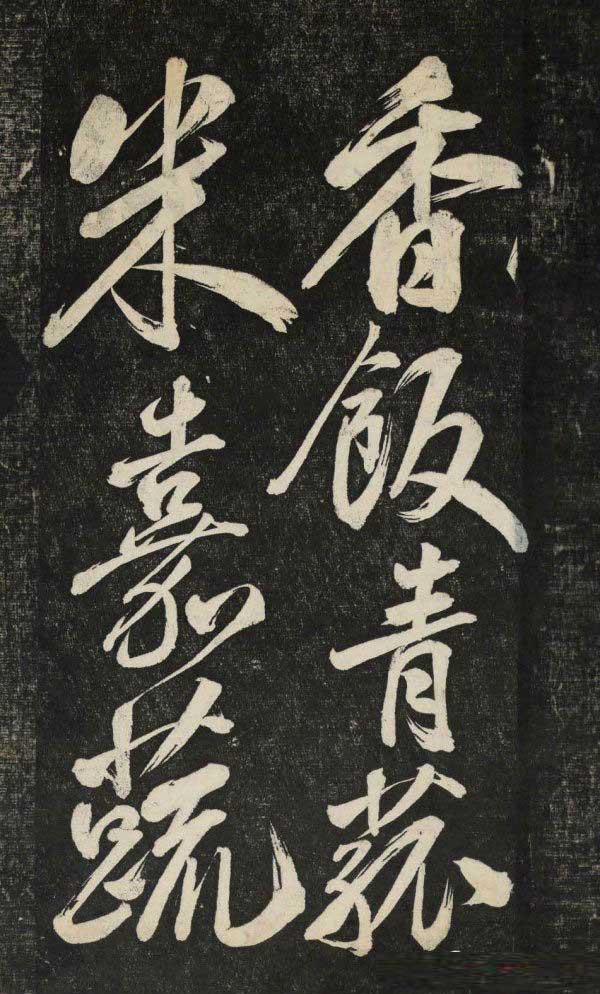
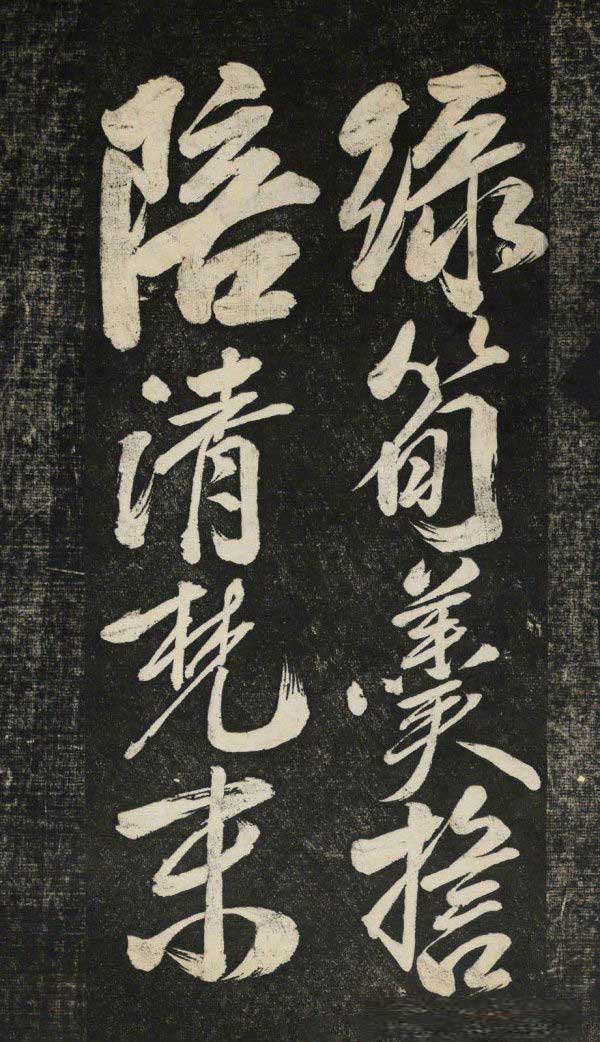
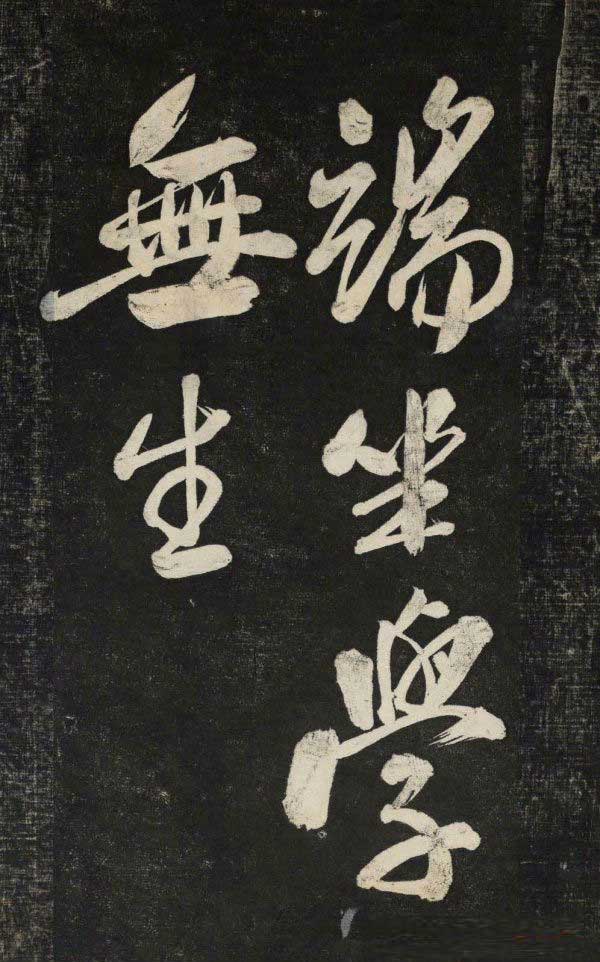
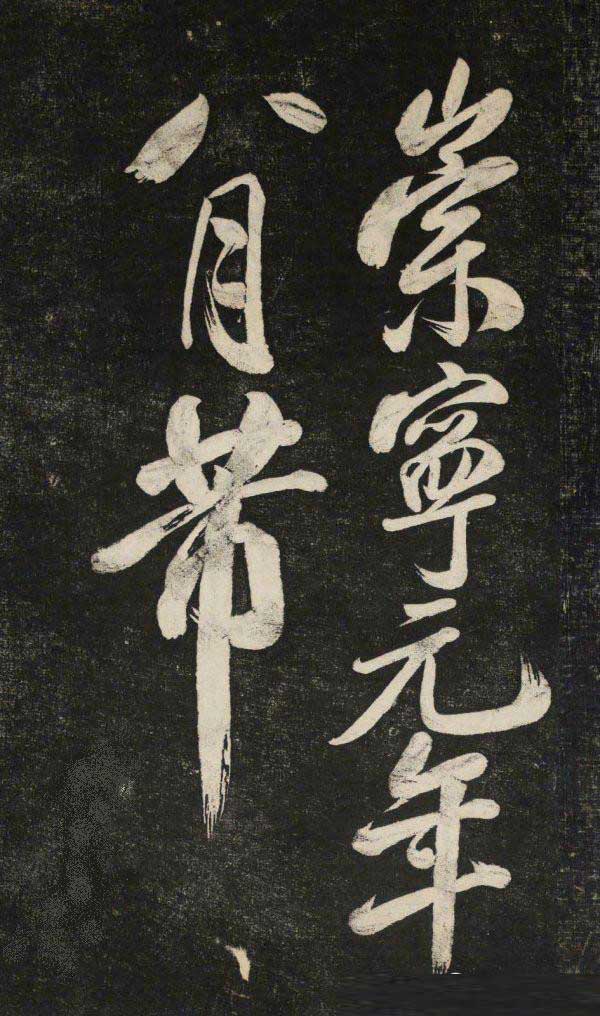
Translation:
I went to Baxia at dawn, and recalled the imperial capital in the remaining spring. There is a female raccoon in the Qingjiang River, and the cocks crow in the morning sun.
In the city of Zhouzhong in the country of water, there are mountains, bridges and trees. Climb up to the top of Ten Thousand Wells and look out at two lumens of light.
People speak special dialects, and the orioles are the sounds of their homeland. Lai Duo's mountains and rivers are interesting, and he can understand the feelings of separation a little.

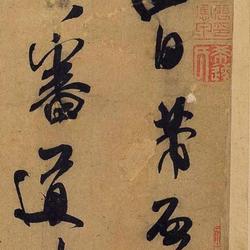
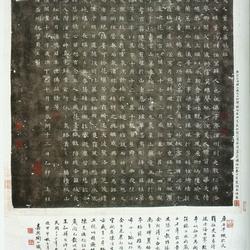
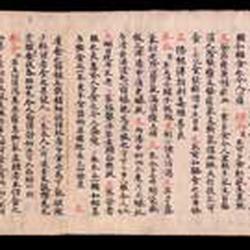
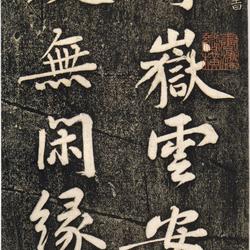
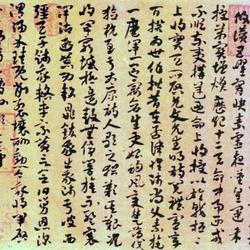
![Mi Fu's pinnacle book Bao Zhao [Fu of Wuhe]--Straightforward and unrestrained regular script reference](https://www.regularcalligraphy.com/uploads/20217/22/thumb_1223c7c1e9cb2b7b.jpg)













